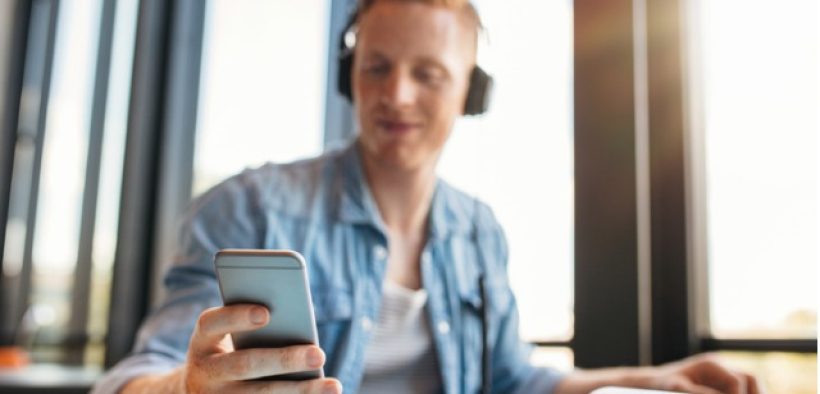Download a self-check quiz for students, plus a look at key research findings
Most of us need no research evidence to document that students are using their phones and attempting to multitask in class. We see it all the time, and if you suspect it's also happening when they study, research confirms that as well. In some ways, we can’t really blame students. People are on their phones everywhere, including places where cell phones are supposed to be off. And let’s be honest, faculty are pretty much like everyone else when it comes to paying attention to what’s on their phone when they shouldn’t be—in faculty meetings, workshops, while listening to the college president, and when they grade student work. Students do have a problem, but so does pretty much everyone else. We need big societal changes and those aren’t yet forthcoming. Without them, is it any surprise that solutions tried in the classroom have had limited success? Most faculty have responded to students’ proclivity to multitask with policies that prohibit the use of devices in class, significantly curtail their use, or put instructors in charge of when and for what they can be used. (See “Cell Phone Policies: A Review of Where Faculty Stand”) A growing body of evidence documents how students are responding to these policies. If the class has more than 100 students in it, 90% of students reported on one survey that they could text without the instructor knowing (Tindell and Bohlander, 2012). In a study involving smaller class sizes, 32% said they could text without the instructor knowing Clayson and Haley, 2013). In the same study, which involved multiple sections of a marketing course, 56% of students said that texting in the class was banned and 49% said they texted anyway. Whether students can text without us knowing is not as important as the fact students think they can do it without us knowing. Students are also using their devices when they study. In one study that analyzed student activities in 3,372 computer logs of study sessions, multitasking happened in 70% of those sessions (Judd, 2013). Studies referenced in the resources that follow document how frequently students switch between studying and their devices when they study. As the resources illustrate, this kind of task-switching slows them down and compromises their attempt to learn the material. The amount of notes they take, quiz scores, exam scores even course grades are all negatively affected. Because it’s our job to guide, manage, and otherwise direct their learning experiences, we must explore a range of approaches to help make students more acutely aware of how their attempts to learn are being compromised by these devices.








